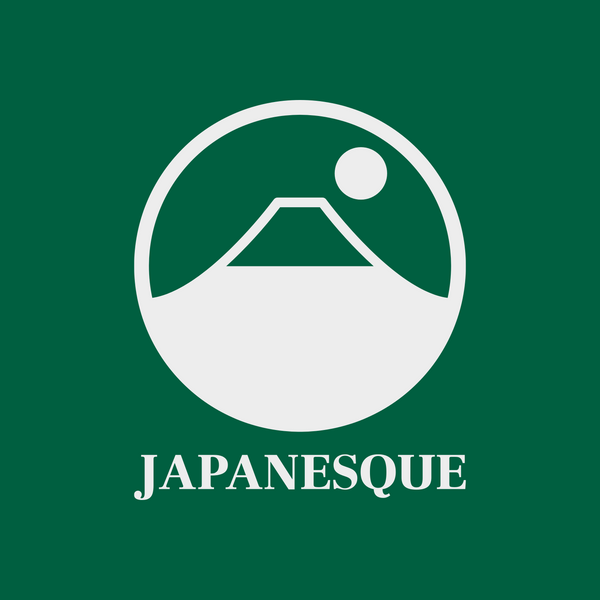Traditional crafts of Ishikawa Prefecture
Kanazawa-Haku is produced in Kanazawa City, Ishikawa Prefecture, and is the exclusive craft product that accounts for 99% of the total production of gold leaf in Japan.
The history of Kanazawa-Haku dates back to the latter half of the Warring States period, when Toshiie Maeda, the feudal lord of the Kaga domain, sent a letter to Kunimoto from his camp during the Korean War to order the production of leaf.
At the beginning of the Edo period, the shogunate had a monopoly on metal foil making, but the Kaga Domain at that time succeeded in obtaining a license after continuing local manufacturing.
Due to the fact that the humid climate is suitable for leaf beating work, and the production areas of lacquerware and Buddhist altars that consume large amounts of gold leaf, such as Kanazawa, Wajima, and Nanao, are nearby. Taking advantage of the end of the shogunate's control, Kanazawa-Haku made great progress both technically and quantitatively.
Gold leaf is made by striking gold with a small amount of silver or copper with a hammer and stretching it very thinly.
It is believed that production began in ancient Egypt around 1200 BC.
In addition to Japan, in Europe, Schwabach in Mittelfranken, Bavaria, Germany is a major production area with a history of 500 years.
It is also manufactured in France and Italy. In Asia, it is said to have a history of 1700 years in Nanjing, China, and is also manufactured in Thailand, Myanmar, and India.
Uses and by-products of gold leaf
The Manufacturing Process of Gold Leaf


